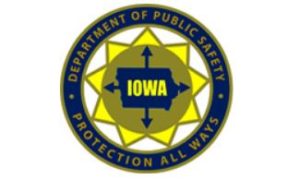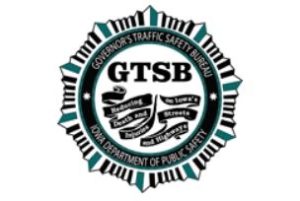DES MOINES, Iowa — This week and every week, parents should have conversations with their teens about the important rules they need to follow to stay safe behind the wheel. These rules address the greatest dangers for teen drivers: alcohol, inconsistent or no seat belt use, distracted and drowsy driving, speeding, and number of passengers.
Motor vehicle crashes are the leading cause of death for teens (15 to 18 years old) in the United States – ahead of all other types of injury, disease, or violence. In 2017, there were 2,247 people killed in crashes involving a teen driver (15 to 18 years old), of which 755 deaths were the teen driver. This is a 3% increase from 2016.
-
Alcohol and Drugs: All teens are too young to legally buy, possess, or consume alcohol. However, nationally in 2017, 15% of teen drivers involved in fatal crashes had alcohol in their system. But alcohol isn’t the only substance that can keep teens from driving safely. According to the 2017 National Survey on Drug Use and Health, 6.5% of adolescents 12 to 17 years old reported using marijuana. Like other drugs, marijuana affects a driver’s ability to react to their surroundings. Remind teens that driving under the influence of any impairing substance could have deadly consequences.
-
Seat Belts: Wearing a seat belt is one of the simplest ways for teens to stay safe in a vehicle. A total of 539 passengers died in passenger vehicles driven by teen drivers and more than half (60%) of those passengers who died were NOT buckled up at the time of the fatal crash. Even more troubling, in 87% of cases when the teen driver was unbuckled, the passengers were also unbuckled. The chances of surviving a traffic crash are 45% higher when properly restrained in a seat belt.
-
Distracted Driving: Distractions while driving are more than just risky—they can be deadly. In 2017, among teen drivers involved in fatal crashes, 9 percent were reported as distracted at the time of the crash. The use of mobile devices while driving is a big problem, but there are other causes of teen distracted driving which pose dangers as well. They include adjusting the radio, applying makeup, eating or drinking, or distractions from other passengers in the vehicle.
-
Speeding: In 2017, almost one-quarter (27%) of all teen passenger vehicle drivers involved in fatal crashes were speeding at the time of the crash, and males were more likely to be involved in fatal crashes than females.
- Passengers: Teen drivers transporting passengers can lead to disastrous results. Research shows the risk of a fatal crash goes up in direct relation to the number of passengers in a car. The likelihood of teen drivers engaging in risky behavior triples when traveling with multiple passengers.
- Drowsy Driving: Teens are busier than ever: studying, extracurricular activities, part-time jobs, and spending time with friends are among the long list of things they do to fill their time. However, with all of these activities, teens tend to compromise something very important—sleep. This is a dangerous habit that can lead to drowsy driving or falling asleep at the wheel.
In 2018, Iowa lost 29 young drivers between the ages of 14 – 20 in motor vehicle crashes. Four of those drivers had a blood alcohol over the legal limit and nine of these young people were unbelted. The Iowa Department of Public Safety and the Governor’s Traffic Safety Bureau encourages you to talk to your teen drivers about safe driving practices. Losing even one is one too many, don’t you think?
(Statistics provided by the National Highway Traffic Safety Administration)


(contributed press release, DPS)










